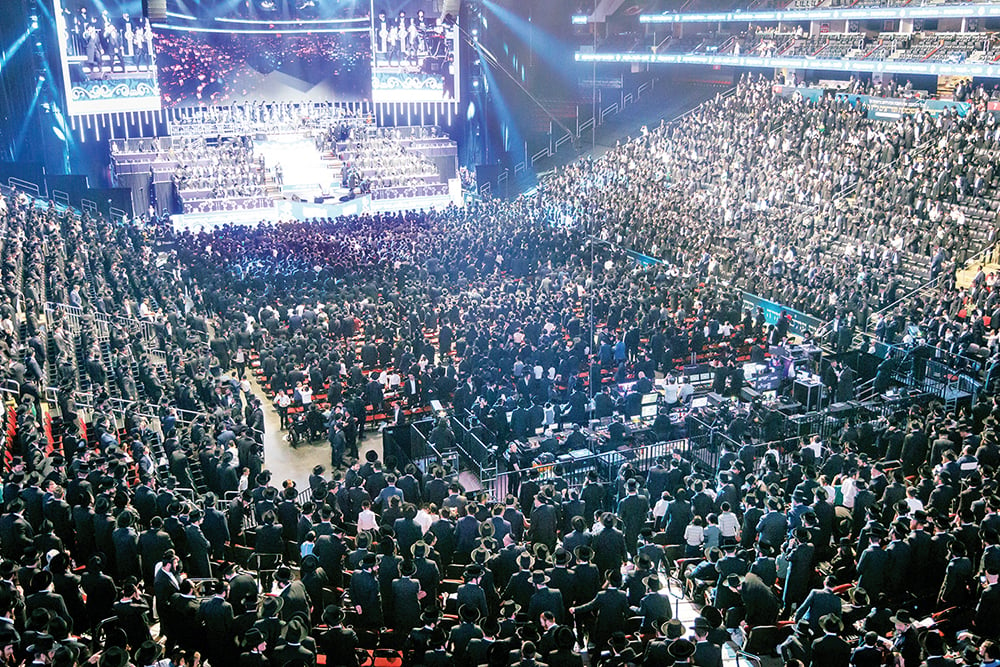
I. Preparing For Shabbos
The key to success in anything you do is preparation. You want to ace a job interview? You need many things to succeed,but if you prepare, if you research the company and practice answering common questions, then with siyata di-Shmaya (divine assistance) you have a much better chance of getting the job. You want to cook a fabulous dinner for many guests? Try out different recipes in advance and make sure you have all the ingredients you need. More importantly, in advance of a Yom Tov, prepare by learning the laws, customs and ideas of that holiday. If we all begin preparing thirty days before a holiday, as the Gemara (Pesachim 6a) says we should, we would enter the Yom Tov full of Torah insights, ready to observe the holiday to its fullest.

In preparation for Shavuos, on June 9, 3 Sivan, I attended an inspirational event organized by Dirshu, led by its visionary founder, Rav Dovid Hofstedter. The event, which I attended as Dirshu’s guest, was a combination of a preparation for receiving the Torah on Shavuos and a siyum, celebration of completion of the second volume of Mishnah Berurah in the Dirshu Daf HaYomi B’Halacha program. Dirshu’s Daf HaYomi B’Halacha is a structured program to study practical halacha on a daily basis by learning a page of Mishnah Berurah. The program builds on the success of the Talmud Daf Yomi by applying similar methods and structure to learning halacha. Rav Aaron Glatt, MD, is now on his second cycle teaching a popular Daf Yomi B’Halacha shiur, with over 1,800 shiurim (classes) available online. He points out that this program “is great for people of all different levels. Someone who is new to learning can easily listen to a shiur and understand, while someone who is already proficient can quickly review it on his own or listen to a shiur at high speed if they are familiar with the subject.”
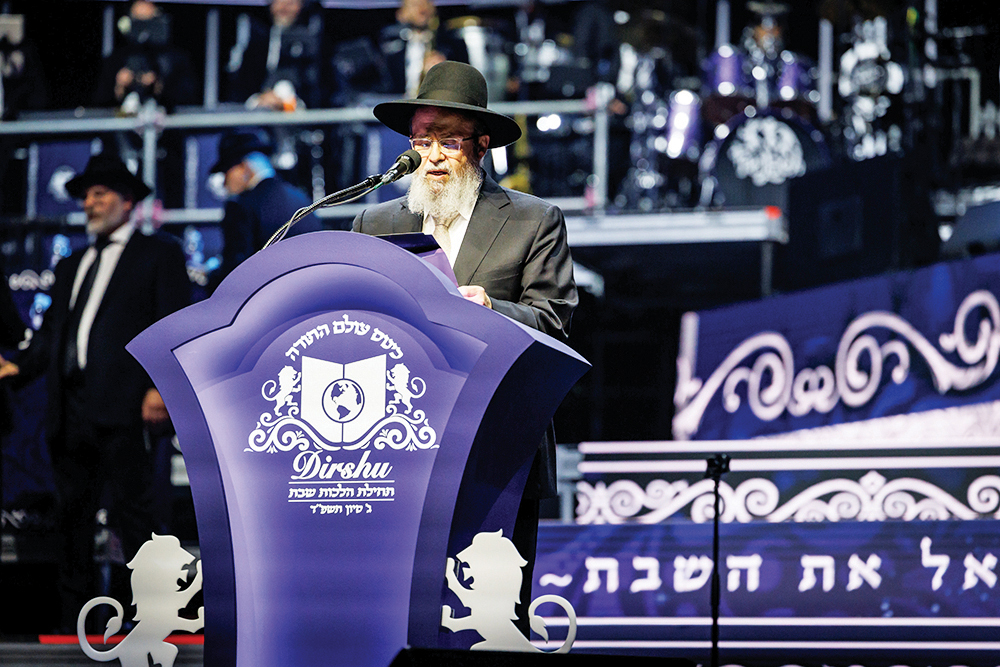
The Dirshu event included powerful speeches from leading Torah scholars in America and Israel, along with uplifting, celebratory music. Rav Hofstedter asked whether in all the history of exile there has been a generation with as much Torah learning as ours. If we see troubles coming upon us, it means that Hashem wants even more from us –—more Torah, more deveikus (spirituality), more achdus. One particularly strong message was the urgency to learn Hilchos Shabbos now more than ever. Rav Chizkiyahu Mishkovsky pointed out that the horrific terrorist attack on October 7 occurred on both Shabbos and Simchas Torah (in Israel). The proper response to such a desecration of holiness is to strengthen both Torah and Shabbos. As Dirshu’s Daf HaYomi B’Halacha program begins with Hilchos Shabbos, this is an opportune time for many to join the program and strengthen their own Torah and Shabbos. The daily study of Hilchos Shabbos is urgent now, but it is always urgent simply because we never take the time to prepare for Shabbos like we do with many other things in life.
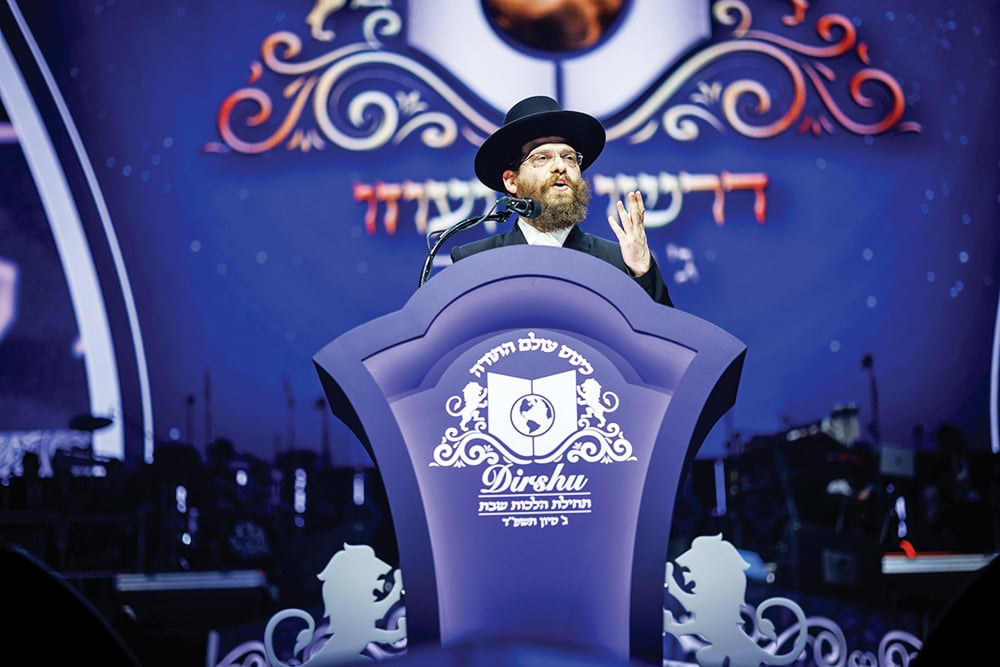
The need to prepare is natural, common sense that is reinforced throughout our lives. As the Gemara (Avodah Zarah 3a) says, one who toils on Erev Shabbos will eat on Shabbos. And yet why do so many people who meticulously prepare for the mundane things in life fail to adequately prepare for their spiritual success? Too often, thirty days before a holiday we are busy with our daily lives. Yom Tov sneaks up on us. And what about the aspects of religious life that arise more frequently than once a year?
Thirty years ago, I became engaged to my now-wife during a particularly opportune time. A number of close students of Rav Mordechai Willig were also engaged and they convinced the rosh yeshiva and prominent posek to give a chosson shiur, which I had the unique opportunity to join. Rav Willig began the first shiur by pointing out that people are understandably concerned about the complex halachos of taharas hamishpacha. However, the laws of Shabbos are much more complicated. Why, he asked, chiding us a bit with a smile on his face, do people desperately ask him for a shiur about taharas hamishpacha but no one desperately asks him for a shiur in Hilchos Shabbos? There are many simple answers to this question, but I suggest that an important component is contained in Rav Yitzchak Moltzen’s important observation about responsa literature.
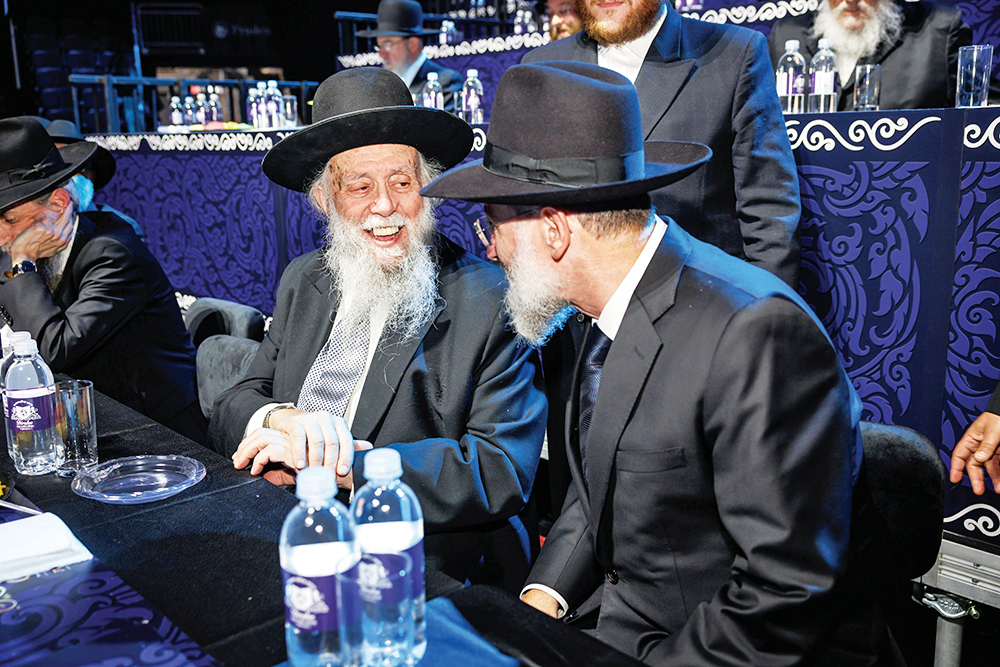
II. The Hilchos Shabbos Project
Rav Yitzchak Moltzen was a student of Rav Yisrael Salanter, who became a prominent rabbi and educator in Lithuania. Near the end of his life, in 1906, he moved to Israel and settled among the great, pious scholars of Jerusalem. Rav Moltzen saw that Hilchos Shabbos needed clarification and began an ambitious project to address the complexities of Shabbos in the quickly-changing times in which he lived. Rav Moltzen attempted to organize Hilchos Shabbos by topic and methodically investigate each subject in a comprehensive manner, utilizing a broad library of classical texts including the at-the-time recently published Mishnah Berurah. He then circulated his writings among scholars for feedback, which he published. Sadly, he only completed two short volumes of his now-classic “Shevisas Ha-Shabbos” before his untimely death from a sudden illness.
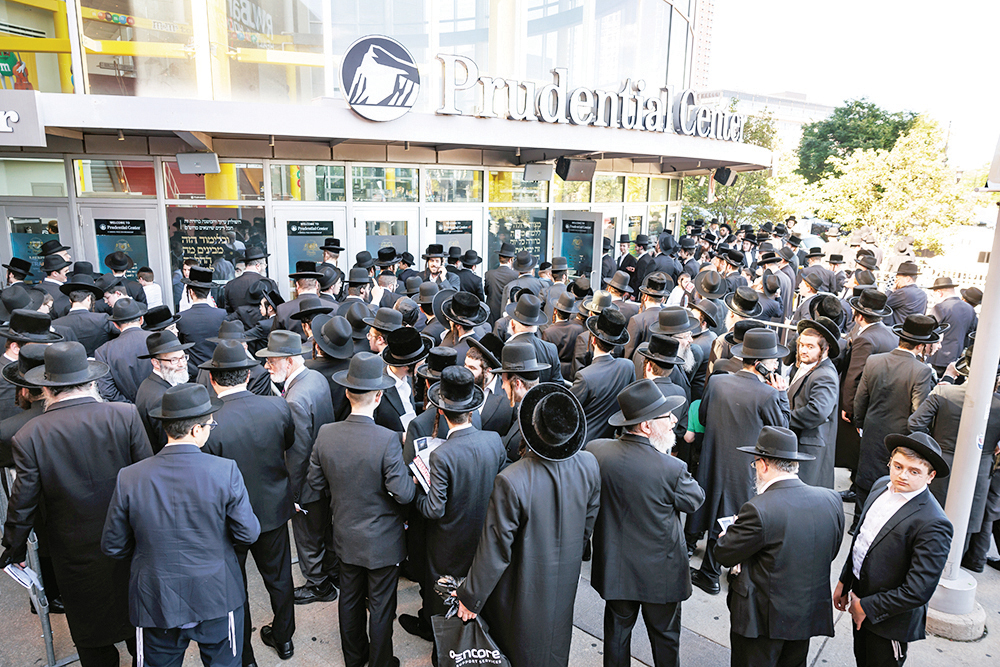
In the introduction to his first volume, Rav Moltzen points out that responsa tend to revolve around two subjects. Orach Chaim volumes are dominated by Hilchos Pesach and Yoreh De’ah volumes focus on the laws of kosher slaughter and defects. Why, he asks, does Shabbos receive less attention than Pesach and slaughter? Rav Moltzen explains that when Pesach arrives and passes, you have a pantry full of food that sits there until you receive a decision about whether you may eat from it. Similarly, you have a shochet, a kosher slaughterer, continuing in his work and a slaughtered animal for which you need a halachic ruling. In contrast, on Shabbos you face a question and you either do the activity or do not do it. It’s a fleeting moment, often when a rabbi is not immediately available. The moment passes and you move on, without the urgency of the food item sitting there, waiting for you to ask the rabbi. If anything, people reach a level of comfort in their practice, justifiable or not. Once you become accustomed to a particular act, you treat it as permissible (Kiddushin 40a). In contrast to the immediacy of the experience of Shabbos questions, the Shabbos halachic literature is about preparation. You may not feel the urgency to learn about Hilchos Shabbos, but often that is due to an undeserved level of comfort. Many people may not even realize their lack of knowledge because they have observed so many Shabbos days throughout their life, seemingly without issue.

In the past century since Rav Moltzen’s halted experiment, others took on his challenge to examine and expand Hilchos Shabbos. Rav Moltzen lived after the dramatic changes of the industrial age, in which daily life was urbanized and transformed by basic technology. Not long after his passing, technology began to quickly change in unpredictable ways to the extent that our daily lives would be almost unrecognizable to someone living a hundred years ago. Thankfully, leading Torah scholars quickly recognized the changes as they occurred and devoted a lot of time and effort into exploring the effects on Hilchos Shabbos. Over the past 50 years, responsa shifted to addressing primarily issues relating to technology, particularly on Shabbos. The 1970 publication of the first volume of Rav Yehoshua Neuwirth’s “Shemiras Shabbos KeHilchasah,” a comprehensive examination of Hilchos Shabbos in modern life, was a watershed moment because of his thoroughness and his attention to modern technology. Many other important works on the subject have been published, both before and after, so that there is now a vibrant literature about Hilchos Shabbos in all its complexities. Responsa volumes today often emphasize Hilchos Shabbos more than other subjects.
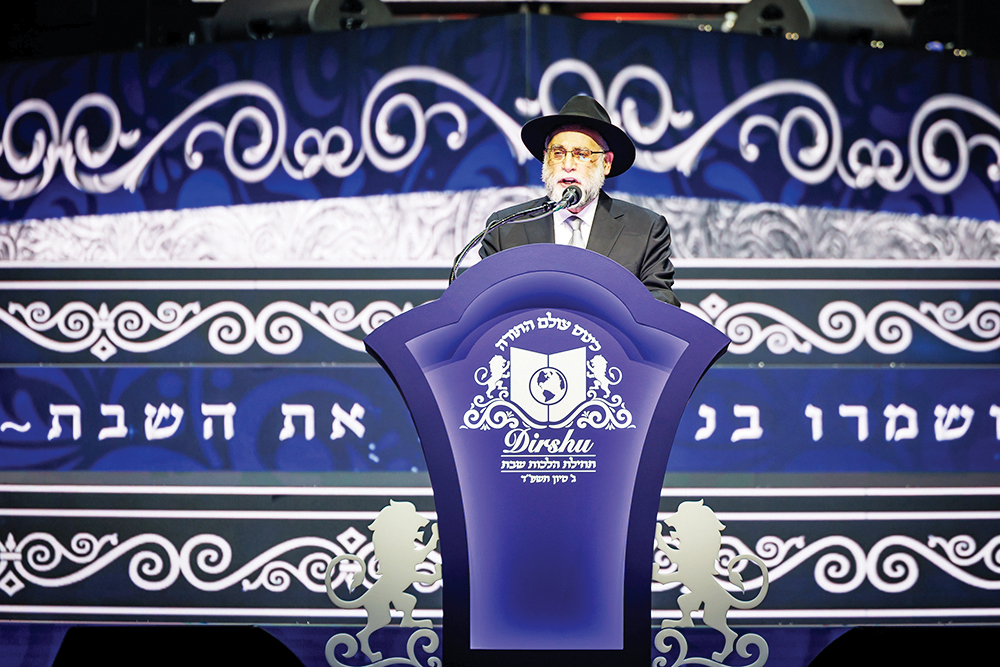
Rav Moltzen’s vision has become a reality, but that generates a different problem. How does anyone master such a complex topic? How do we know what to do on Shabbos if we want to break free from our habits and examine our actions? How do we prepare for Shabbos?

III. Daily Learning
In previous eras, the challenge was the limited development of Hilchos Shabbos. The dilemma today is that there is too much information. Rav Simcha Bunim Cohen has published seven volumes on Hilchos Shabbos in English. Despite the length of his impressive output, the books cover only a portion of Hilchos Shabbos. How is the average Jew supposed to master not only the topics covered in those seven volumes but the rest of Hilchos Shabbos also? The Sages answered that question well over a thousand years ago.
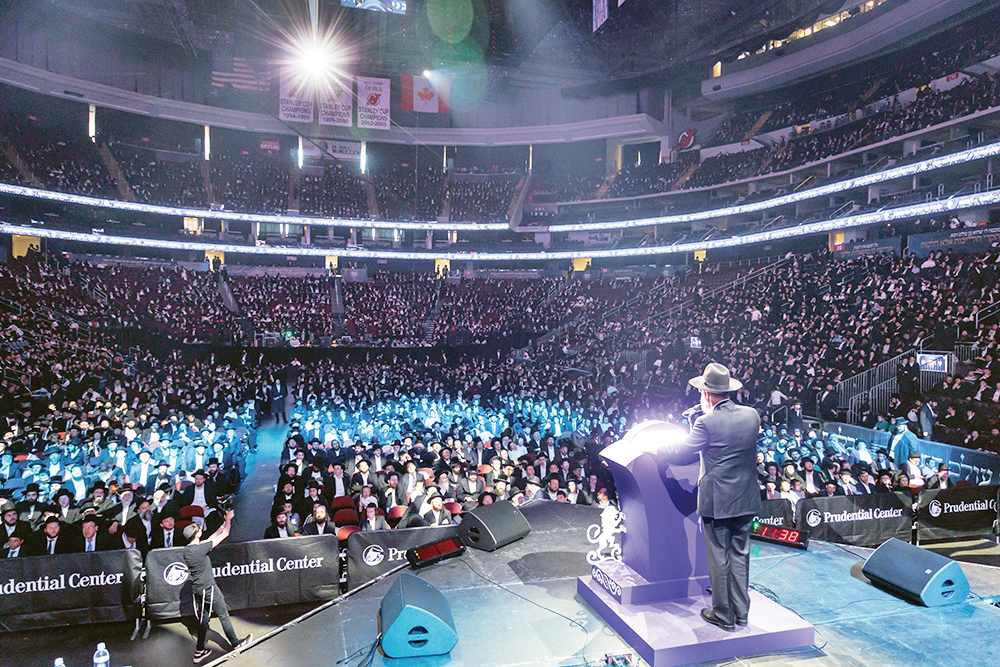
Rav Dovid Cohen of the Chevron Yeshiva points out that the Ten Commandments begin with the letter Aleph. The Mishna begins with the letter Mem and the Talmud begins with the letter Tav. Together, that spells emes (Lekach David, pp. 534-535). Interestingly, both the Mishna and the Talmud end with the same letter with which they begin. The last tav of the Talmud, the final passage, says: “Someone who learns halachos every day is guaranteed a place in the World-to-Come, as it says, ‘His ways (halichos) are eternal’ (Chabakuk 3:6) — do not read halichos but rather halachos.” I find it striking that the final letter of the Talmud, the final letter of emes, is the end of the word halachos. If you want a portion in the World-to-Come where the ultimate emes is apparent to all, you need to bring emes into your life today by learning halacha.
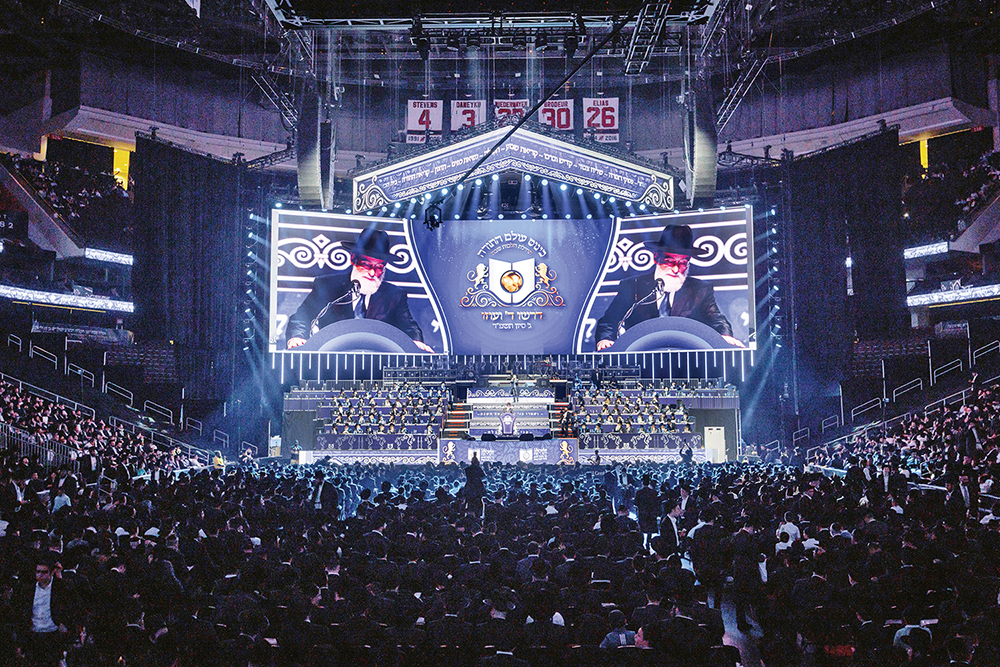
But learning halacha is not enough. You have to spend time every day learning halacha. The study of halacha brings the truth of the World-to-Come into this world. When you bring the World-to-Come into your world on a daily basis, you are already in the World-to-Come.
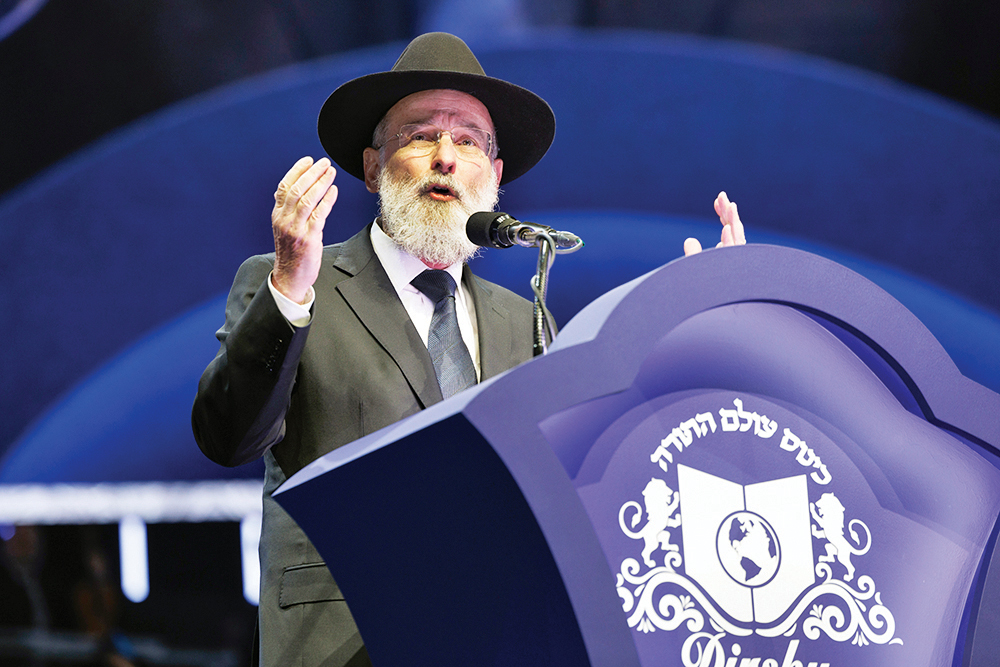
We can understand this further by considering which charity is the highest. In the mid-1500s, a wealthy Jew in Greece passed away. Among his belongings was found a large sum of money which witnesses testified was intended for charity. But which charity? The deceased’s brother was destitute and argued that he should be the charitable recipient. The deceased’s sons claimed that the money should go to them rather than charity. The question was brought to Rav Shmuel de Modena of Salonica (Maharshdam) who concluded that the money must go to charity and we must try to figure out to which charity the deceased would have directed the money. Lacking any indication, Maharshdam ruled that the money should go to the highest charity, the Torah learning of young children. After all, the Gemara (Shabbos 119a) says that the world is sustained by the breath (Torah study) of school children (Responsa Maharshdam, Yoreh De’ah 158).
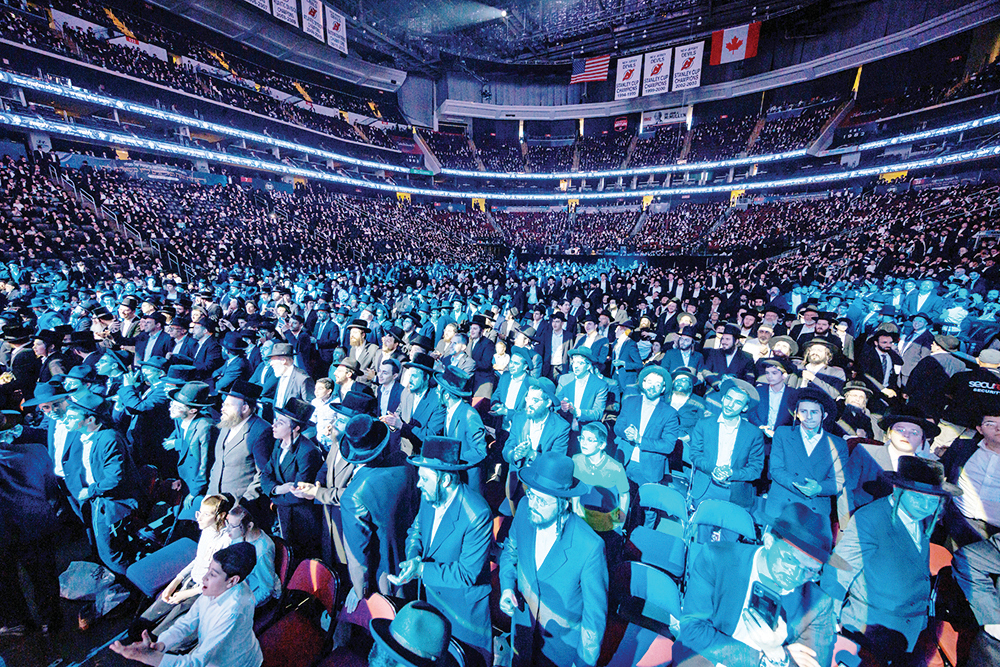
Over 200 years later, Rav Raphael Yosef Chazzan, a Turkish scholar who rose to the position of chief rabbi in Jerusalem, took issue with Maharshdam’s ruling (Ma’archei Lev, vol. 1, no. 25). The Gemara (Berachos 8a) says: “What does it mean that ‘The Lord loves the gates of Tziyon’ (Tehillim 87:2)? Hashem loves the gates that are distinguished (metzuyanim) in (the study of) halacha.” The Gemara continues that from the time of the destruction of the Temple, Hashem only has in this world the four cubits of Halacha. The Shechina used to rest on the Temple in Jerusalem. Since its destruction, the Shechina rests on the people who study halacha and places where they do so. If so, argues Rav Chazzan, the greatest charity is to support mature scholars who study halacha.
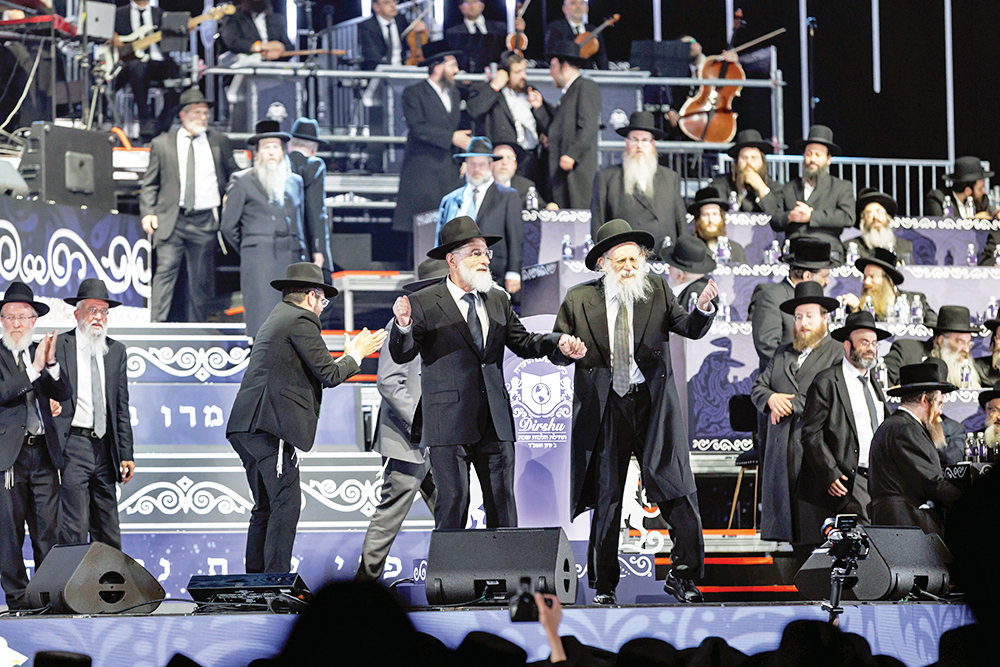
When you learn halacha daily, you bring down the Shechina, which is the ultimate emes. Similarly, the World-to-Come consists of basking in the radiance of the Shechina. Is that really all it takes? Is it that easy to succeed in religious life, all other things being equal? The answer is that it is not as easy as it sounds.

Starting a new project is exciting. Daf Yomi is always crowded during Berachos, at the beginning. The hardest part of religious growth is consistency. The spiritual high of an exciting start quickly turns into restlessness, distraction, spiritual malaise. It is easy to learn halacha daily… at first. It takes commitment to keep it up. One trick to maintain the learning is to set realistic goals with regular checkpoints. Daf HaYomi B’Halacha maintains a regular pace of one page per day so you continue learning each day. It also has regular stopping points when you finish sections (e.g. Hilchos Tzitzis, Hilchos Birkas HaMazon) and when you complete each of the six volumes of Mishnah Berurah. This simple strategy improves your ability to keep up the effort. Rabbi Glatt describes the success he has seen with Daf HaYomi B’Halacha: “I get messages from people all over the world who listen to my shiur and they are very thankful that it is a set learning program.” Rabbi Glatt adds, “The critical part of these types of programs is the Yomi aspect. You are learning every day. You have this responsibility, this pressure, to do the learning every day so you are never too busy. In 15 to 20 minutes a day, you can really accomplish a lot and go through all of Mishnah Berurah.”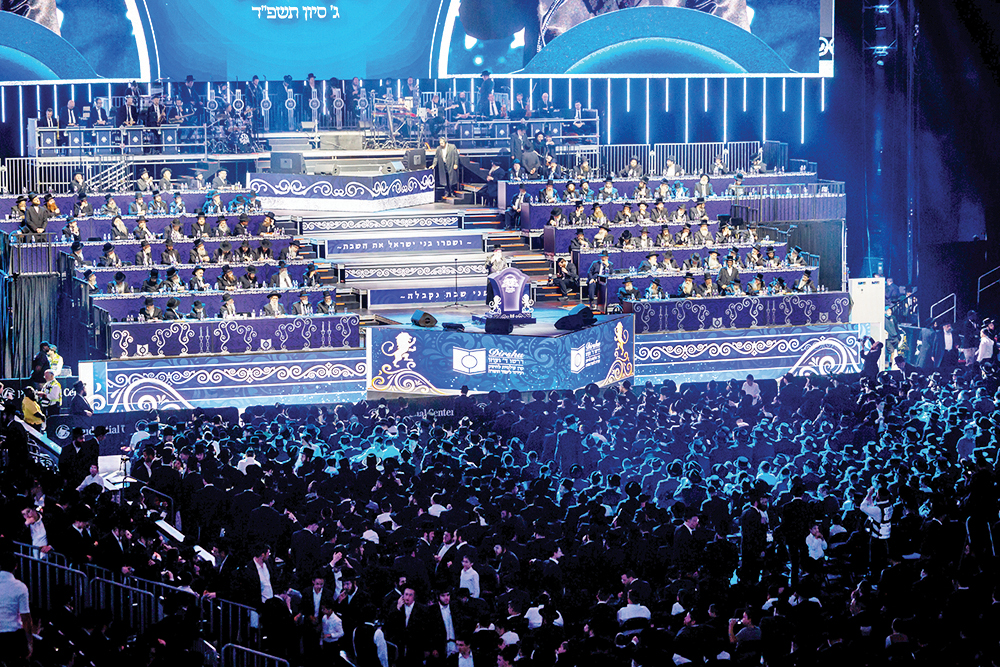
IV. Tools for Learning Hilchos Shabbos
Dirshu maintains the website DafHalacha.com to offer a variety of options so as many people as possible can join and easily keep up with the Daf HaYomi B’Halacha program. The website includes a list of over 150 in-person shiurim, searchable by location, as well as a collection of video and audio shiurim from leading rabbis. Another exciting new tool to help you maintain the daily pace is OU’s AllHalacha app. The OU has a number of popular apps, such as AllDaf and AllParsha. AllHalacha is a new app which focuses on resources for learning practical halacha. The new app’s first offering is a number of video shiurim for Daf HaYomi B’Halacha, easily available on your phone. As Daf HaYomi B’Halacha begins volume 3, Hilchos Shabbos, people have a unique opportunity to join a worldwide movement to study together through a variety of readily available shiurim.
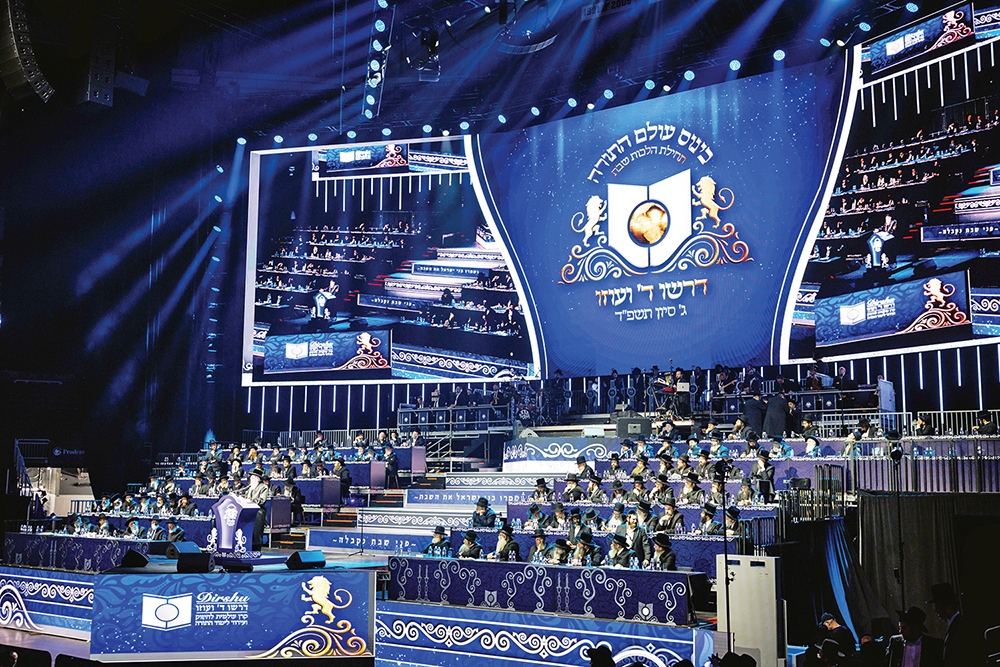
There is a basic dilemma in studying and teaching Hilchos Shabbos. It is such a difficult challenge that many poskim bypassed it. For example, both the Tur (Orach Chaim 301) and the Kitzur Shulchan Aruch (ch. 80) say that they are only giving a few examples of common halachos of Shabbos. The question is whether to study Hilchos Shabbos based on first principles or the lived experience. Shulchan Aruch attempts to organize Hilchos Shabbos based on the normal schedule of a Shabbos day. There are many halachos that do not easily fall into this framework and the Shulchan Aruch has to find places to include them. There is a certain artificiality to this system. More significantly, it is very difficult for a beginning student to learn Hilchos Shabbos in this way.
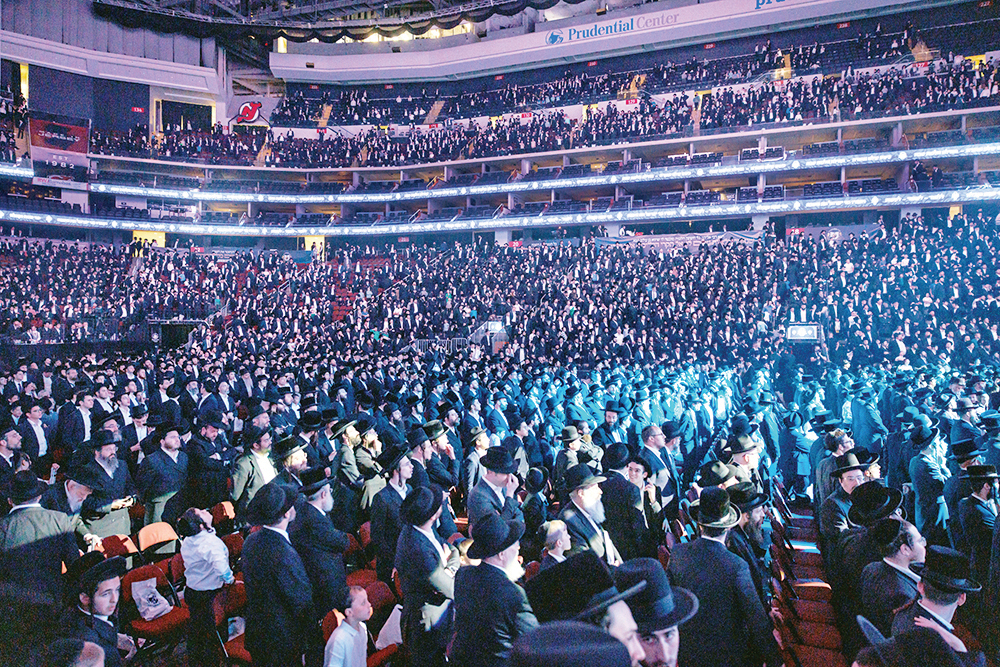
An entirely different approach is to explain Hilchos Shabbos conceptually. First teach the broader ideas and then proceed through each of the 39 labors, showing how they branch out into all of the practical applications. In this way, the student proceeds in logical steps and understands from first principles how all the detailed laws emerge. Rav Avraham Danzig was a businessman and later a rabbi in late 18th century and early 19th century Lithuania. Sadly, his son Moshe predeceased him. While Rav Danzig was looking through his son’s belongings, he found an old booklet that Moshe had kept. When his children were young, Rav Danzig hired a melamed, a private tutor, to teach them. Rav Danzig wrote a summary of Hilchos Shabbos from first principles for the melamed to teach the children. Moshe had kept that old booklet and continued to review it throughout his shortened life. After his son’s death, Rav Danzig decided to publish it in memory of his son, titled “Zichru Toras Moshe.” The book, still in print today, is a masterpiece of clarity and simplicity. In his magnificent work, Chayei Adam, Rav Danzig takes the same approach to Hilchos Shabbos, albeit in more detail. Many others teach Hilchos Shabbos in this structure, as well. Rav Yisrael Lipschitz does likewise in his introduction to Mishna Moed. More recently, Rav Gedalia Felder takes a similar approach in his “Yesodei Yeshurun,” as does Rav Dovid Ribiat in his massive “The 39 Melochos.” With all of this method’s explanatory power, it makes it difficult to look up a specific question. Can I do this act on Shabbos? First I have to figure out which of the 39 labors it might entail and then look to see if it is discussed there. Additionally, the work is never updated with future commentaries and remains a stand-alone work. With all of Chayei Adam’s brilliance, when you study his great work you miss every important opinion from subsequent generations. As technology raises newer questions, Chayei Adam’s Hilchos Shabbos becomes less applicable.
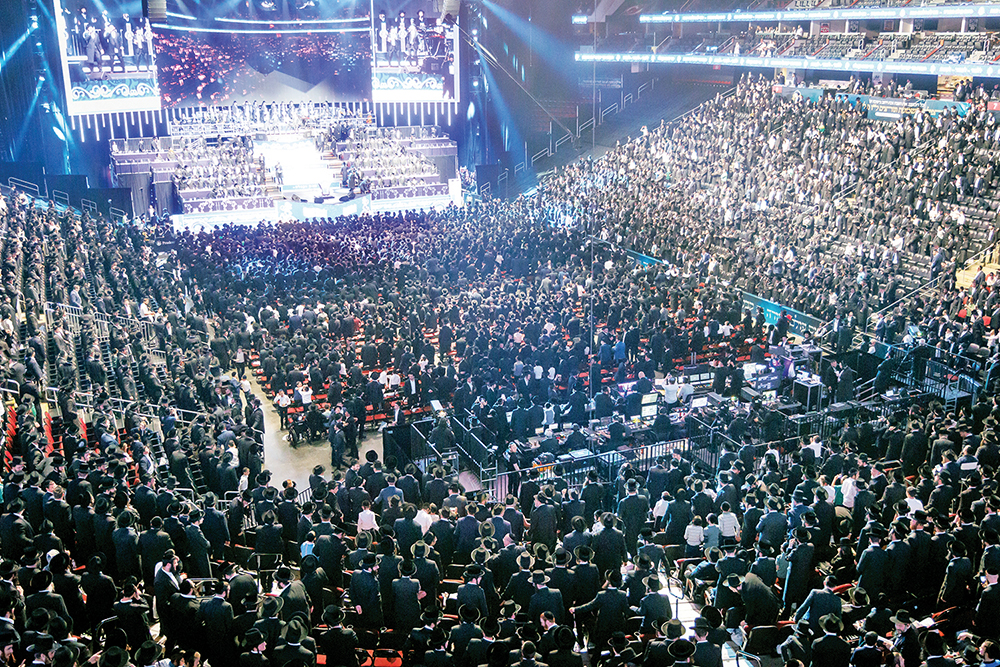
Mishnah Berurah is a comprehensive commentary on Shulchan Aruch written by Rav Yisrael Meir Kagan, commonly known as the Chafetz Chaim. Part of the Mishnah Berurah’s brilliance in Hilchos Shabbos is the addition of introductions to many chapters. When the Shulchan Aruch discusses common practices, the Mishnah Berurah offers background so you understand why something is forbidden or permitted. Additionally, on the Chafetz Chaim’s insistence, Mishnah Berurah is always published together with Ba’eir Heitev and Sha’arei Teshuvah which summarize the commentarial and responsa literature. Within the Mishnah Berurah itself and its accompanying texts, you get a picture of the varying opinions of the great Torah authorities up to his time (late 19th century). Due to the structure, it is much easier to look something up in Mishnah Berurah than in Chayei Adam. Additionally, Dirshu’s Sefer HaMafte’ach offers a comprehensive index to help you find any law in Mishnah Berurah.
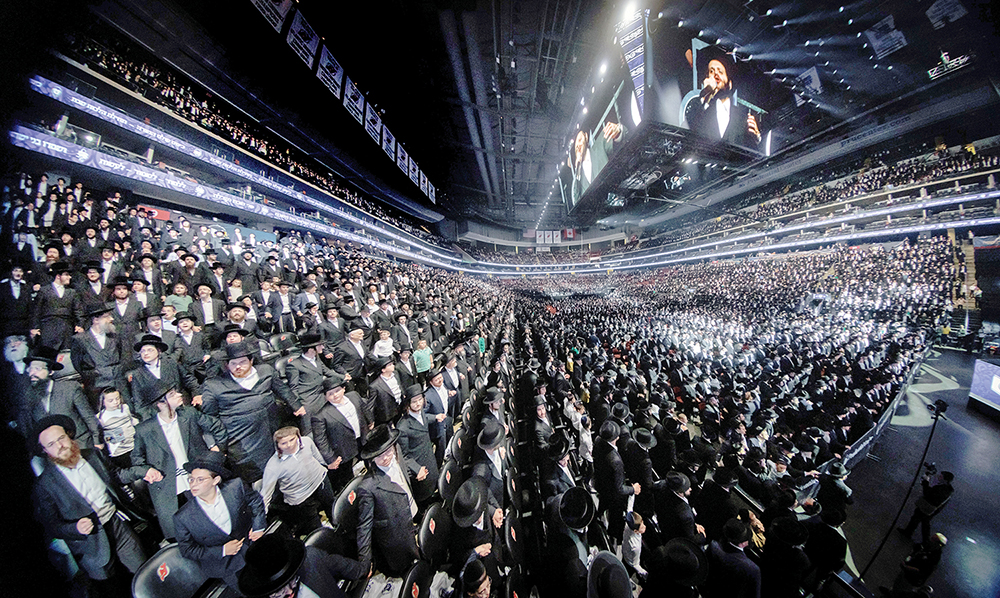
Which should you use to learn Hilchos Shabbos, Chayei Adam or Mishnah Berurah? I would not dare answer that question for anyone and would instead direct you to your rav or rosh yeshiva. My personal opinion is that neither works on its own. That is why Dirshu’s Daf HaYomi B’Halacha program is so important. Certainly, daily study is important, as we discussed. Additionally, the program is based in Mishnah Berurah but also, significantly, adds two important components. First, and most importantly, Daf HaYomi B’Halacha is done as group study, particularly with a shiur. A good teacher offers background and sets the stage every day. You never jump into a halacha, as often happens with independent study of Shulchan Aruch. You are led step by step, with someone who answers your questions and with friends and colleagues in the shiur with whom you can discuss the halachos.
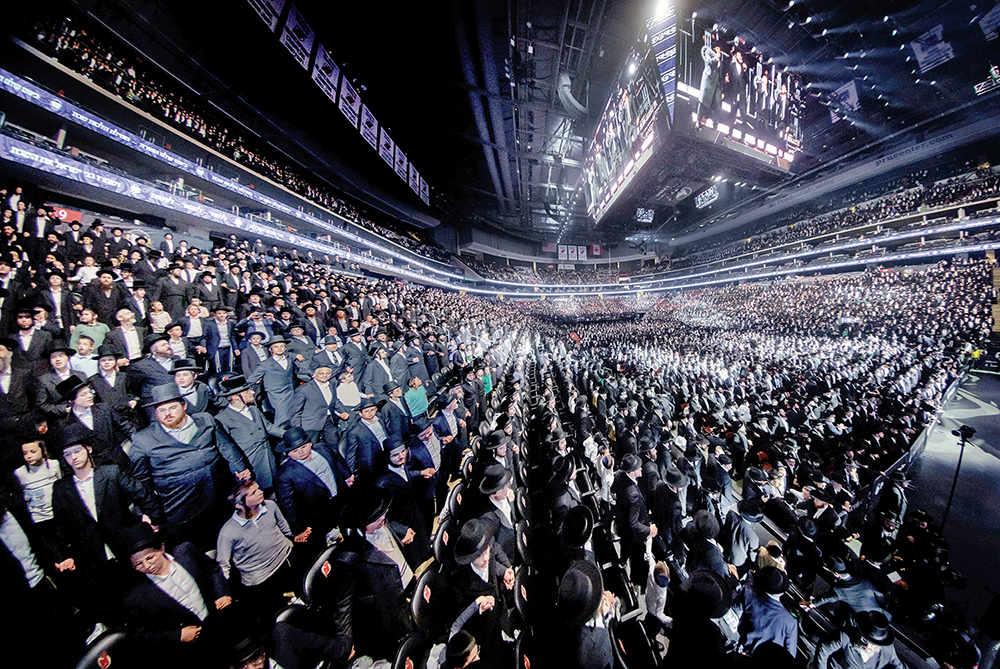
Second, the Dirshu edition of Mishnah Berurah stands out as a contemporary masterpiece of halacha. The editors compiled the views of many of the great authorities since the publication of Mishnah Berurah. With this edition, students learn from masters like the Chazon Ish and Rav Moshe Feinstein, Rav Yosef Shalom Elyashiv and Rav Shlomo Zalman Auerbach. Additionally, since daily life has changed so much in the more than a century since Mishnah Berurah was published, the Dirshu edition applies the teachings to real-life questions that arise today. When the program reaches volume four, students will find the groundbreaking diagrams added to Hilchos Eruvin which serve as a game-changer in that highly complex and abstract topic.
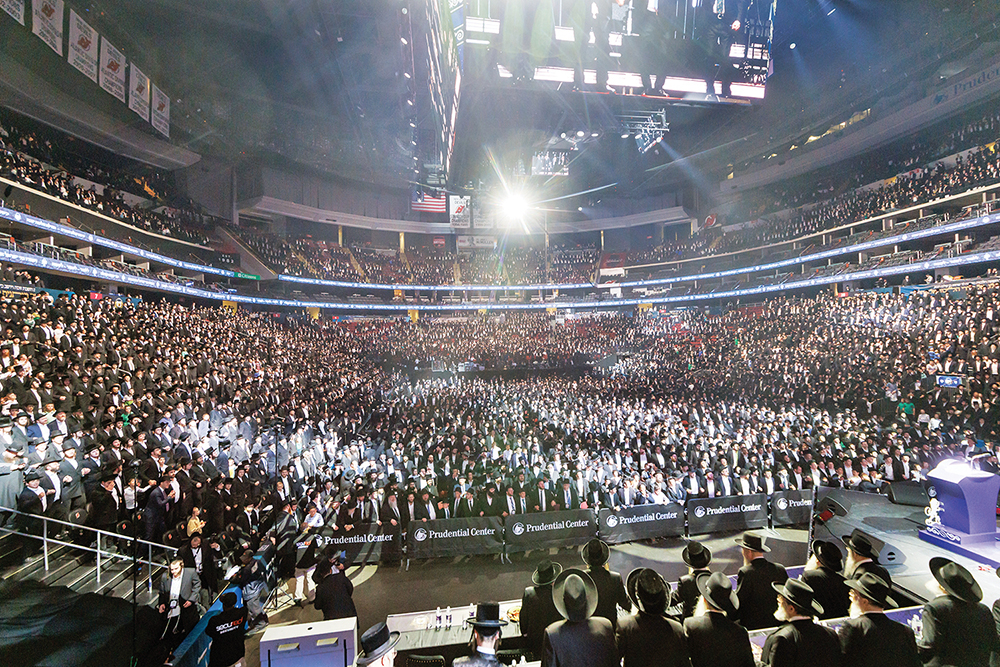
At the Dirshu event, Rav Yitzchok Sorotzkin quoted the Brisker Rav, Rav Yitzchak Ze’ev Soloveitchik, as asking why non-Orthodox Jews generally treat Yom Kippur with reverence but do not treat Shabbos in the same way. He answered that we, the Orthodox, treat Yom Kippur with great reverence and that affects how others treat the day. If only we would treat Shabbos with similar respect, we would see that our brethren react accordingly. As we study Hilchos Shabbos, as we prepare to observe Shabbos in the optimal way and grow in appreciation of both the joy and holiness of the sacred day, we will strengthen our own attitudes while also impacting others.
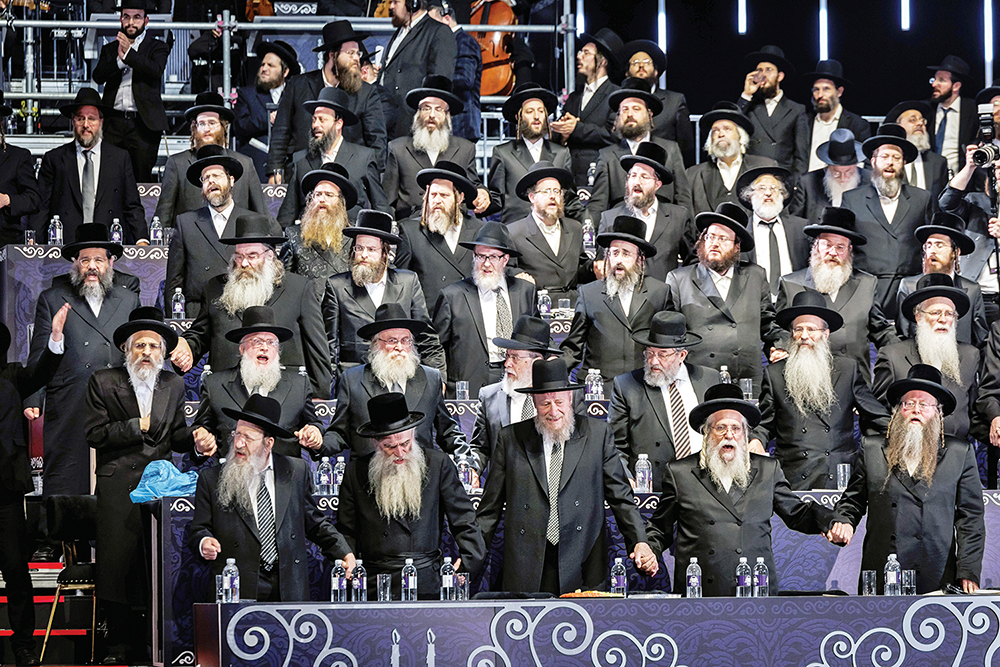
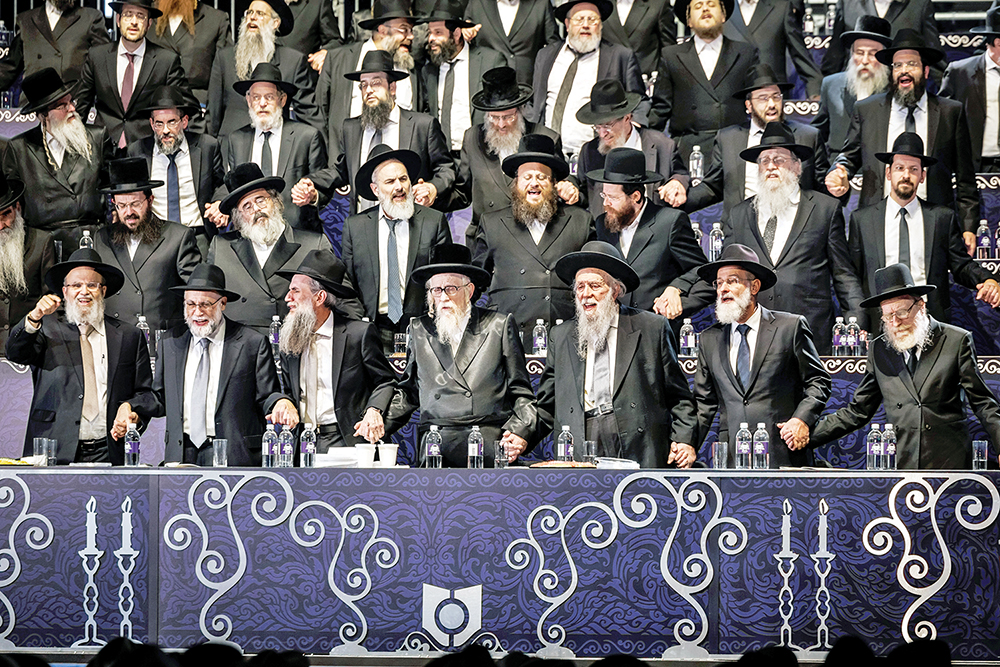
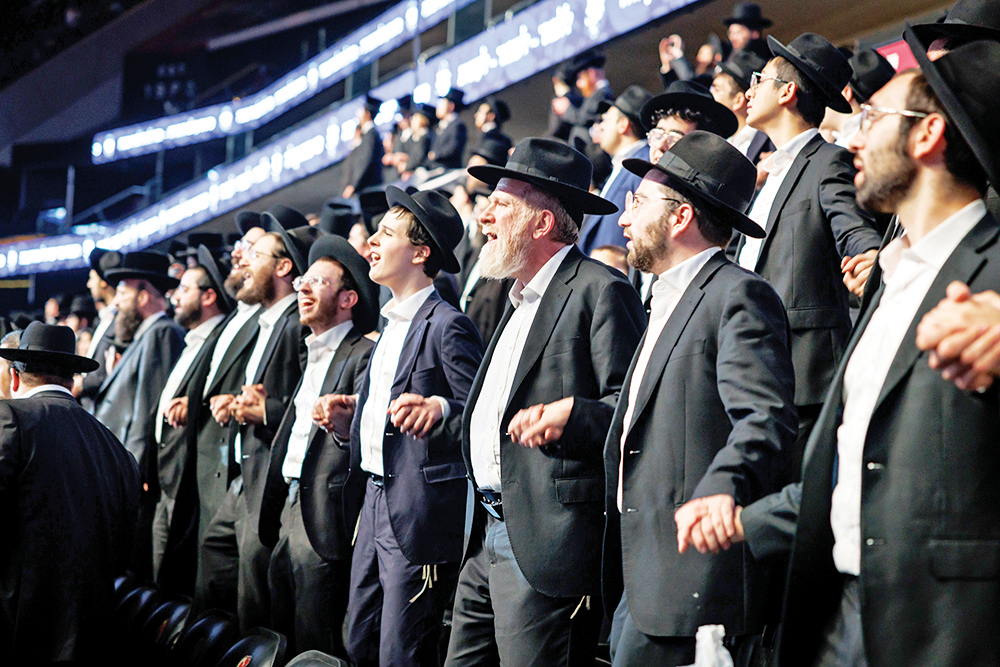
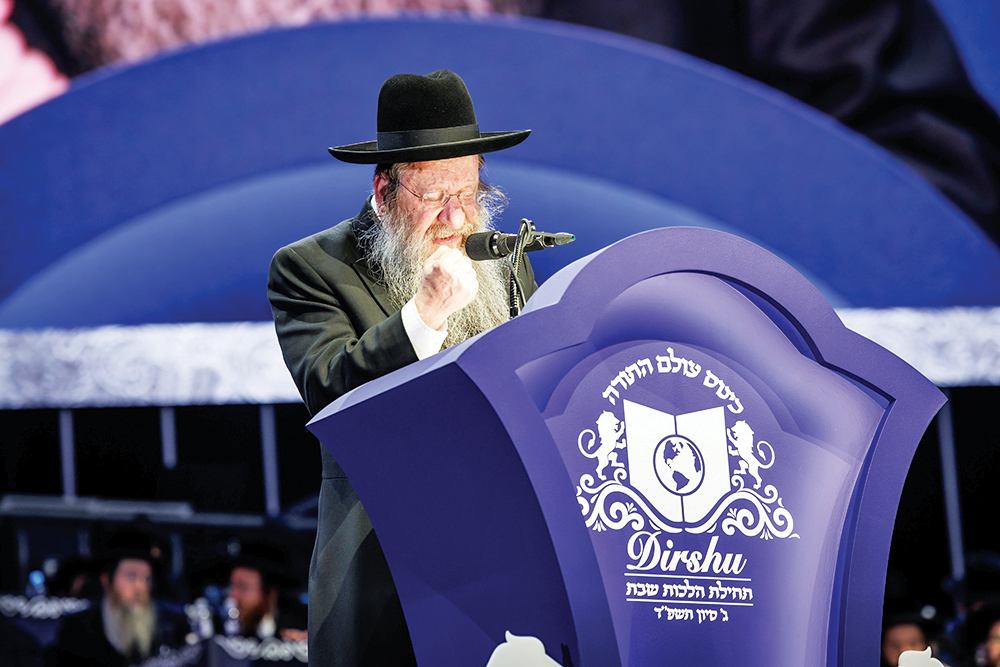
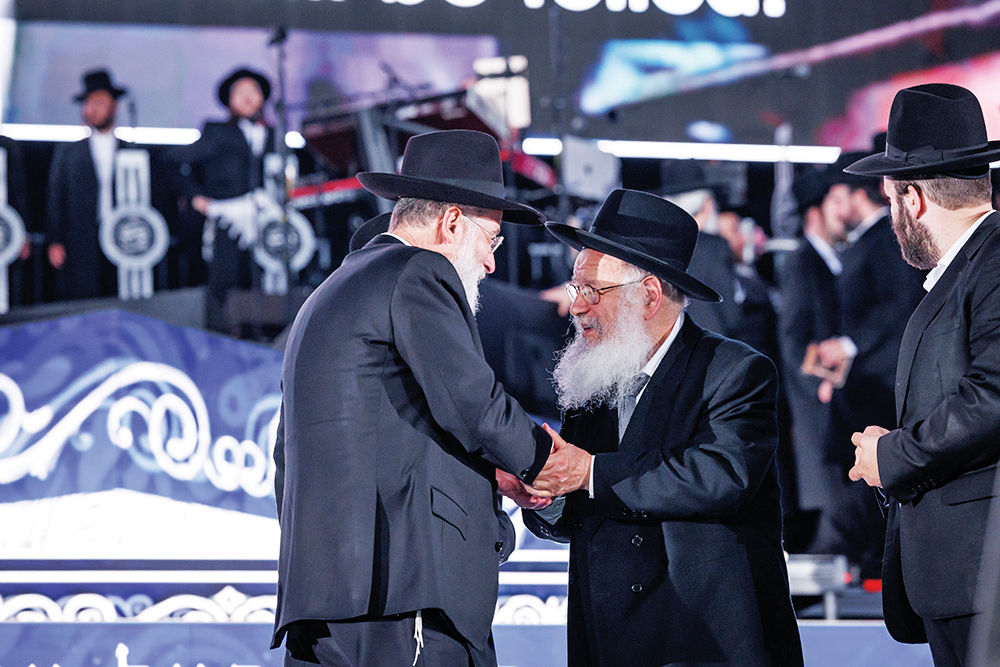

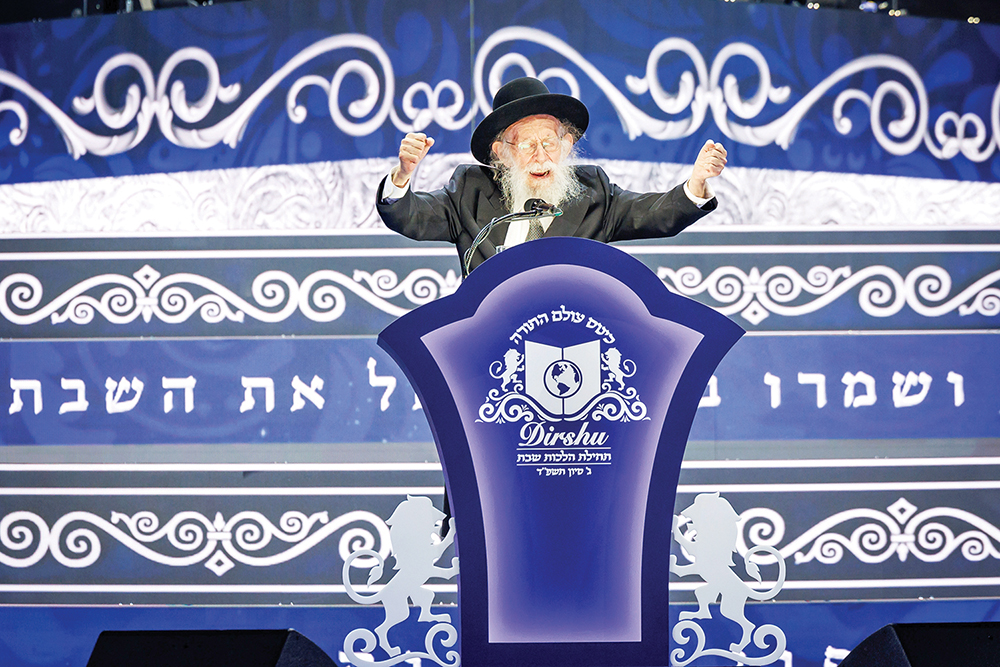
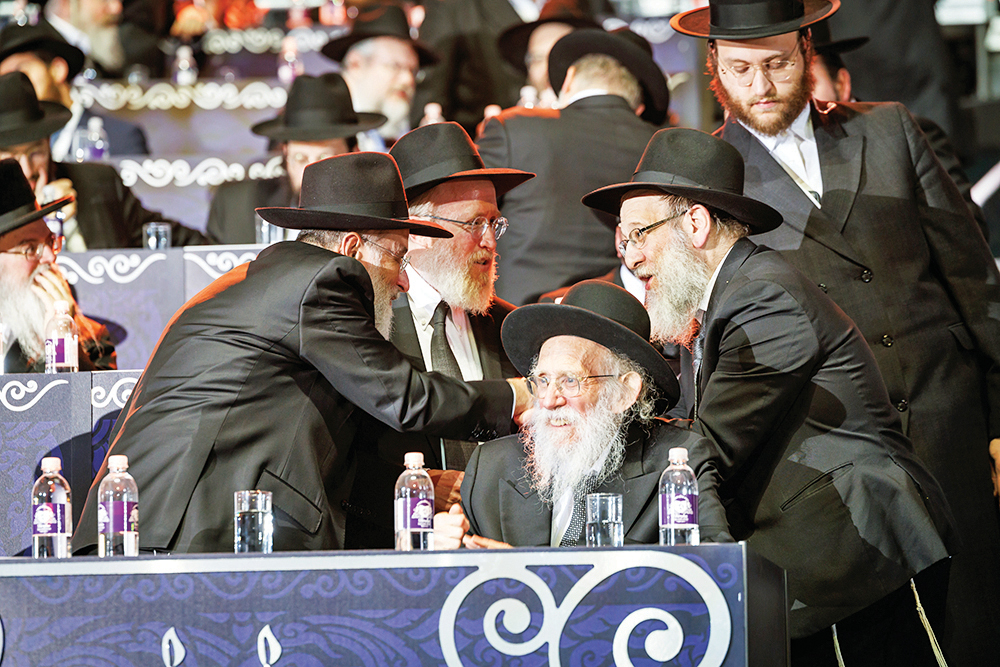



Rabbi Gil Student is the director of the Halacha Commission of the Rabbinical Alliance of America.








